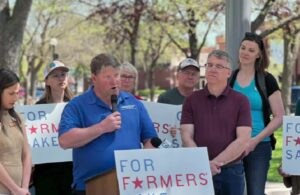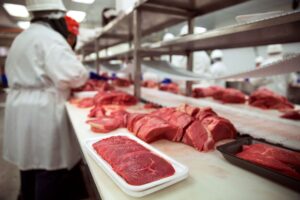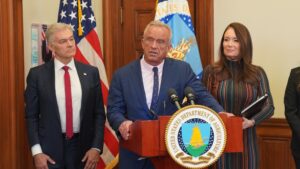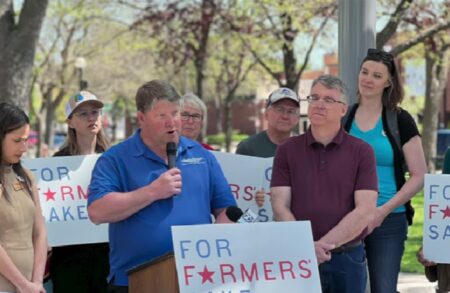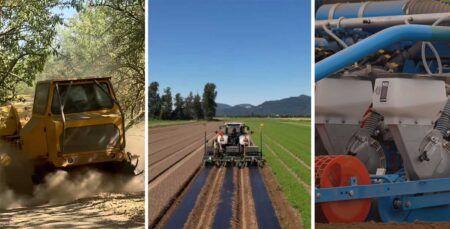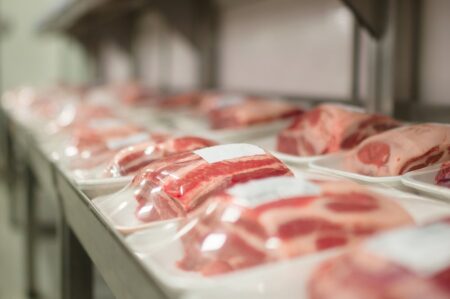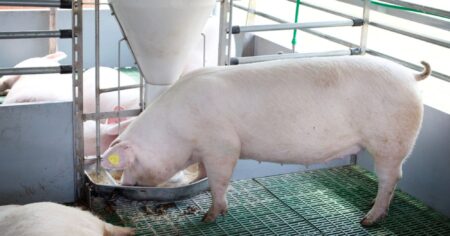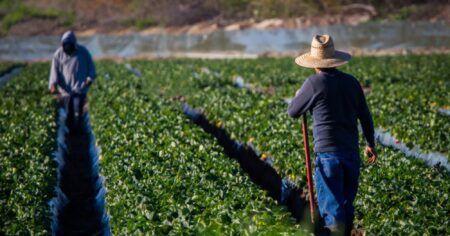Imagine a family at their local grocery store checkout, their cart filled with staple food items and fresh produce, but with fewer familiar comfort foods and snack options than before. As their SNAP benefits are scanned, they navigate new restrictions shaping what counts as “eligible” purchases — putting more and more products back on the shelf. They just can’t afford to make those products work in their budget without them being paid for with SNAP.
For many low-income and BIPOC households, these evolving rules aren’t just about what’s on the shelves, they’re about access, choice, and dignity in how they feed their families amid food deserts and economic challenges.
On August 4, U.S. Secretary of Agriculture Brooke Rollins, alongside Secretary of Health and Human Services Robert F. Kennedy Jr., signed new state waivers that will amend SNAP’s list of eligible food purchases in West Virginia, Florida, Colorado, Louisiana, Oklahoma, and Texas starting in 2026. These waivers are part of the Trump administration’s “Make America Healthy Again” initiative, designed to promote healthier food choices among SNAP recipients by excluding soda, candy, and other items seen as fueling chronic health issues like diabetes and obesity.
“This is about supporting Americans who fall on hard times while promoting healthier options for families in need,” Rollins said.
Kennedy added, “These waivers help put real food back at the center of the program and empower states to protect public health.”
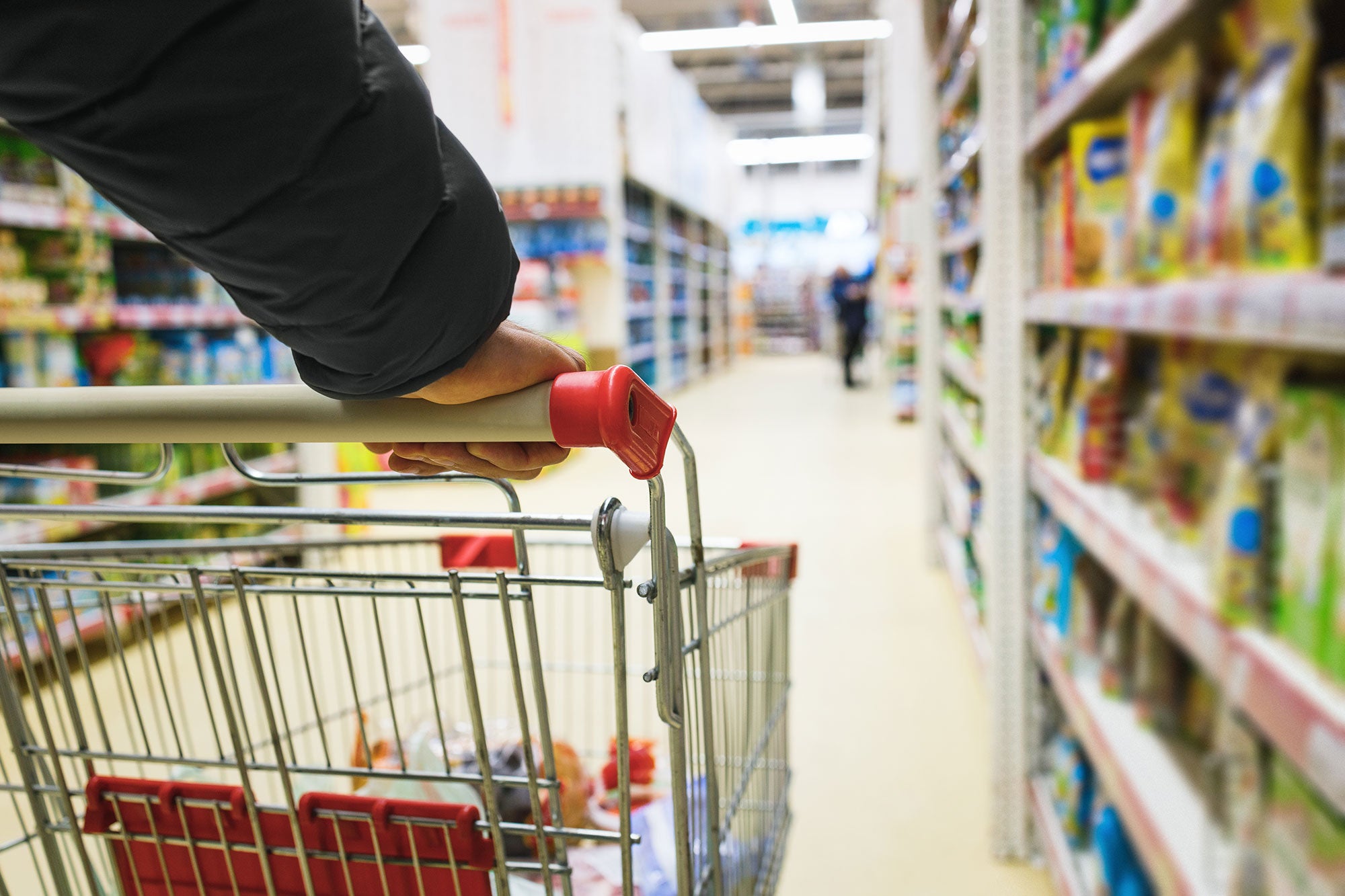
State leaders echoed this sentiment, emphasizing the potential to reverse negative health trends in their communities. West Virginia Gov. Patrick Morrisey said, “We are cleaning up the food, getting active, and rewarding healthy choices.” Florida’s Ron DeSantis highlighted the focus on nutritious options, and Colorado Gov. Jared Polis spoke of reducing obesity and food deserts through better SNAP eligibility.
Yet, while restricting sugary drinks from SNAP purchases is a step toward healthier eating, the reality of SNAP spending complicates the picture. The average SNAP benefit amounts to roughly $180 per person per month, covering about 63 percent of an individual’s food budget. According to a U.S. Agriculture Department survey, SNAP households spend approximately 5 percent of their food budget on soda, just slightly more than the 4 percent spent by non-SNAP households.
Removing soda from SNAP might deter some from purchasing sugary drinks since they would have to pay out of pocket, but many may still choose to do so. As former U.S. Secretary of Agriculture Tom Vilsack shared with The New York Times, SNAP “doesn’t pay for everyone’s food for the entire month. So what would prevent people from spending their own money on sugary drinks or soda? The notion of restricting it for nutritional purposes really isn’t a valid reason.”
This tension highlights a core challenge: SNAP benefits are already stretched thin. For many families, especially those in BIPOC and low-income communities disproportionately affected by food insecurity, SNAP is not a full food budget but a crucial supplement.
Any restrictions must balance public health goals with the reality that SNAP recipients still face significant barriers to accessing nutritious food.
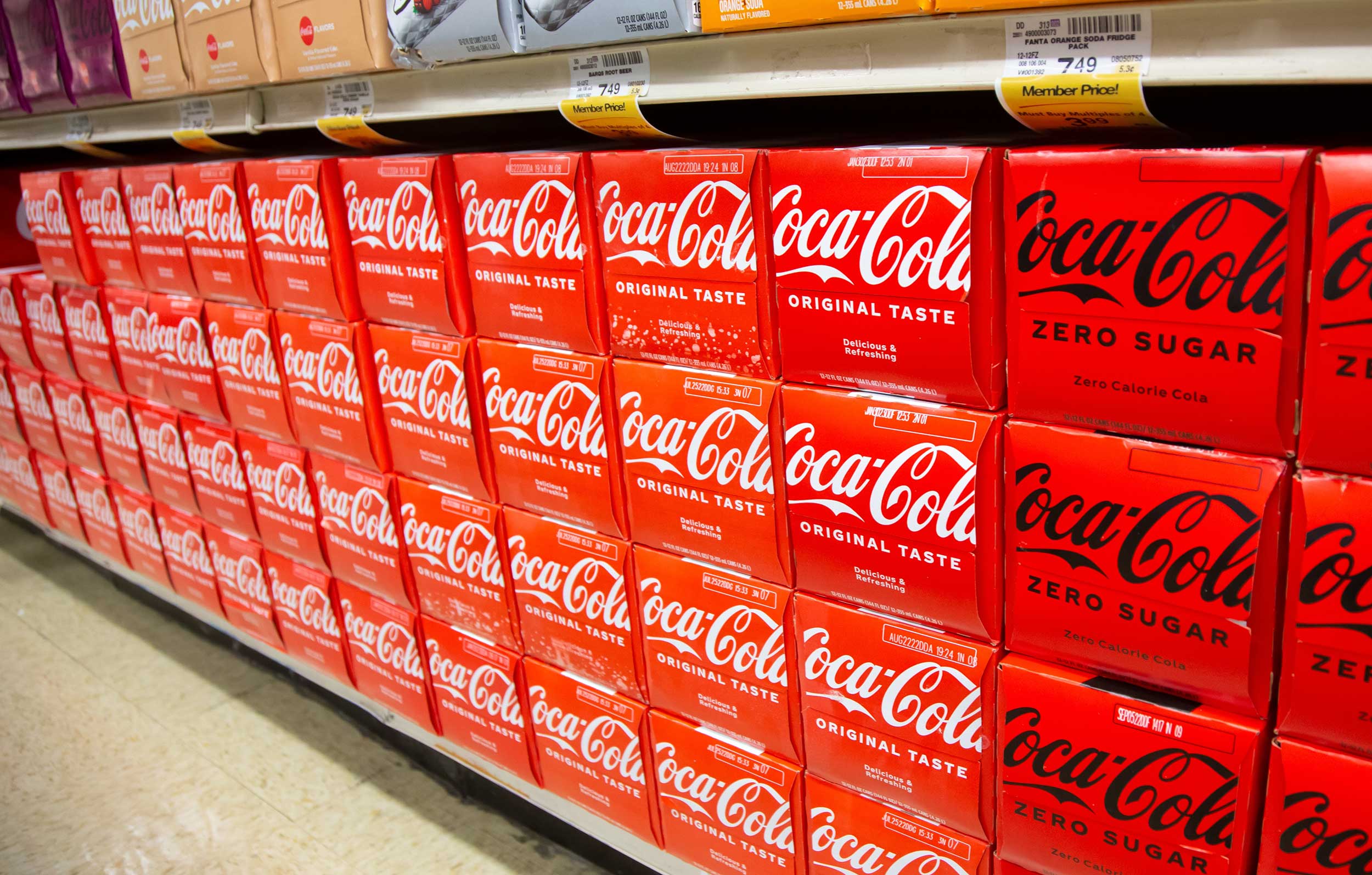

Moreover, these waivers come amid growing concerns over broader policy proposals that could dramatically cut SNAP benefits and eligibility. Conservative lawmakers and think tanks have advanced plans to reduce food assistance for millions, tighten work requirements, and freeze updates to the Thrifty Food Plan, the measure that determines SNAP benefit levels. These changes would make it harder for low-income families to afford healthy diets, especially in communities already struggling with high rates of food insecurity.
SNAP is the nation’s most effective anti-hunger program, reaching over 40 million Americans monthly, including one in five children. Research consistently shows SNAP reduces food insecurity, improves health outcomes, supports low-wage workers, and stimulates local economies. Yet, policy proposals aiming to cut or restrict the program risk deepening racial and economic disparities.
Food insecurity rose again in 2022 and 2023, after temporary pandemic relief ended and grocery prices surged. Black, Latino, and Native American households face food insecurity rates far higher than the national average. Cutting SNAP benefits or increasing restrictions at this time threatens to push more families into hunger.
The 2021 update to the Thrifty Food Plan, which modestly increased SNAP benefits to better reflect the cost of a nutritious diet, was a critical step forward, lifting more than 2 million participants above the poverty line and benefiting BIPOC communities most. However, some policymakers now seek to freeze future updates, effectively lowering the value of SNAP benefits as food prices rise.
Restricting SNAP purchases alone will not solve the intertwined problems of hunger, health disparities, and economic inequality. It must be paired with preserving and strengthening SNAP’s core mission: to ensure all Americans have reliable access to nutritious food.
SNAP should be seen not merely as a food assistance program, but as a vital tool for advancing equity, health, and economic security. Ensuring its strength and responsiveness to the needs of marginalized communities is essential for building a healthier, more just America.
Bre Holbert is a past National FFA President and studied agriculture science and education at California State-Chico. “Two ears to listen is better than one mouth to speak. Two ears allow us to affirm more people, rather than letting our mouth loose to damage people’s story by speaking on behalf of others.”


